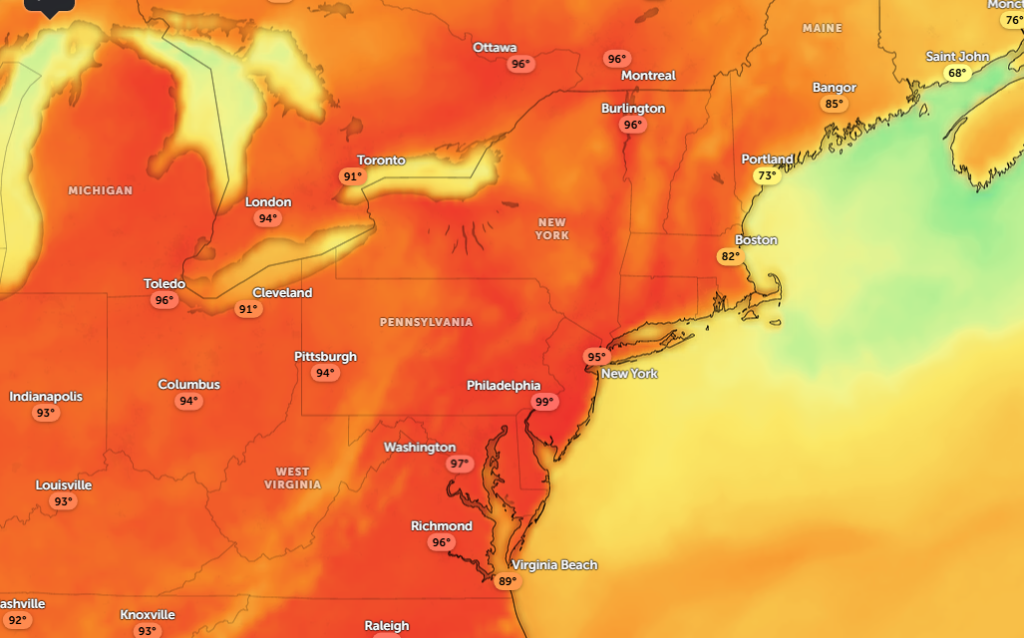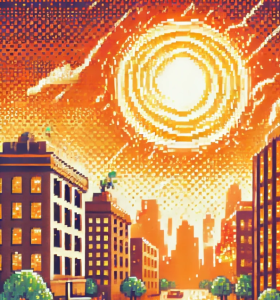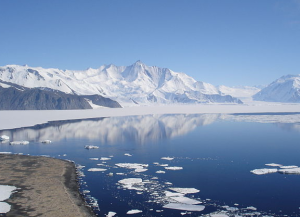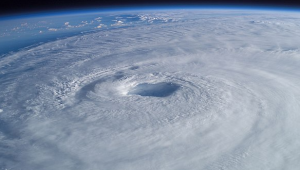
It’s a Heat Wave
For those in the Northeast US, it’s a heat wave. But what causes these?

What Causes Heat Waves
Heat waves are prolonged periods of excessively hot weather that arise from several interacting factors:
- High-Pressure Systems:
A dominant atmospheric high-pressure system can lead to sinking air that suppresses cloud formation. Without clouds to block sunlight or to bring rain, the ground heats up dramatically. This scenario often results in the persistent high temperatures characteristic of heat waves. - Climate Variability and Change:
Natural variability, combined with human-induced climate change, can increase the frequency, duration, and intensity of heatwaves. Warming global temperatures are shifting weather patterns, making extreme heat events more frequent. - Urban Heat Island Effect:
In urban environments, concrete, asphalt, and reduced vegetation can trap heat compared to surrounding rural areas. Cities may experience higher temperatures during heatwaves, which can compound public health risks. When I lived in Philly and Columbia, SC, this was definitely the case. - Local and Regional Geography:
Geographic features such as valleys, plains, and proximity to large bodies of water also influence how heat accumulates in a region. Recent research on regional climates in the United States highlights that heat-related illnesses are more prevalent in certain climatic zones, like the South and West, due to these factors.
What People Can Do About It
Research and public health studies provide several strategies to mitigate the adverse effects of heat waves:
- Stay Informed with Accurate Forecasts:
Advances in forecasting models, such as the seasonal-adjusted machine-learning-based hybrid models, are improving heat wave predictions. These models help public safety officials and citizens plan ahead (Qureshi et al., 2023). - Implement Heat Safety Protocols:
Authorities can issue heat warnings and safety guidelines. People should:- Stay hydrated and drink plenty of water.
- Limit physical activities during peak heat hours.
- Wear lightweight, loose-fitting clothing.
- Use air conditioning or fans where available.
- Community and Public Health Measures:
Local governments and community organizations can:- Set up cooling centers for vulnerable populations, such as the elderly and those with chronic health conditions.
- Launch public awareness campaigns on heat safety, much like the targeted regional interventions suggested in recent epidemiological studies.
- Develop urban planning strategies that increase vegetation and reduce the urban heat island effect.
- Healthcare Preparedness:
Hospitals and health services are encouraged to prepare for spikes in heat-related illnesses, both direct effects like heat exhaustion as well as associated complications such as increased strokes during heat waves.
Conclusion
Heat waves result from complex interactions among atmospheric conditions, climate change, and regional geography. By improving forecasting, communicating clear safety protocols, and instituting community-level interventions, societies can better withstand these extreme events and reduce the health risks associated with them.
And be sure to drink lots of water.



